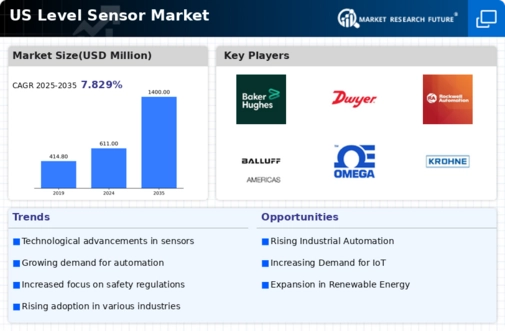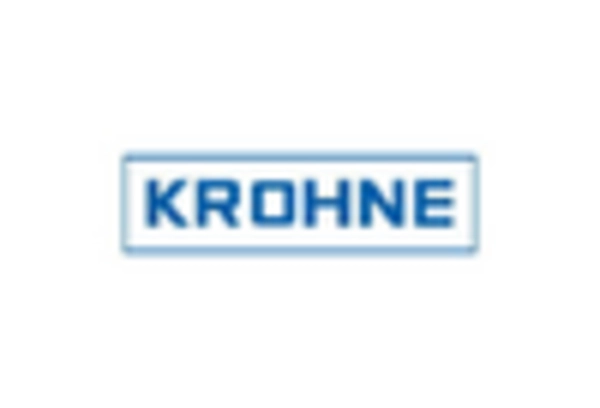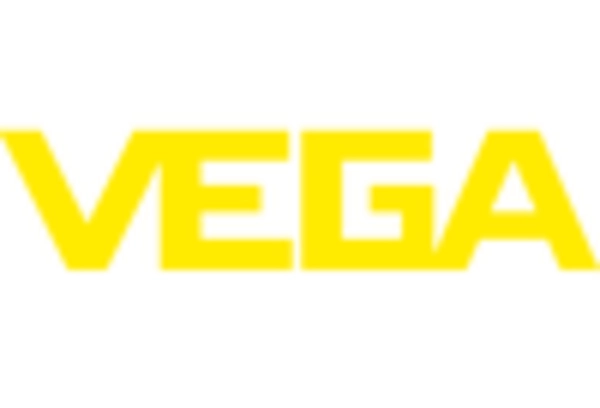Emergence of Smart Technologies
The level sensor market is witnessing a transformation. This transformation is due to the emergence of smart technologies that enhance measurement accuracy and data analytics capabilities. Smart level sensors equipped with advanced features such as wireless connectivity and real-time monitoring are gaining traction in various applications. This trend is particularly evident in sectors like food and beverage, pharmaceuticals, and chemicals, where precise level measurement is crucial. The integration of smart technologies is expected to contribute to a market growth rate of around 8% annually, as industries seek to leverage data for improved decision-making and operational efficiency within the level sensor market.
Rising Demand in Industrial Automation
The level sensor market is experiencing a notable surge in demand due to the increasing adoption of industrial automation across various sectors. Industries such as manufacturing, oil and gas, and water treatment are integrating advanced level sensing technologies to enhance operational efficiency and reduce human error. According to recent data, the automation sector is projected to grow at a CAGR of approximately 10% over the next five years, which is likely to drive the level sensor market significantly. As companies strive for greater productivity and reliability, the need for precise level measurement solutions becomes paramount, thereby propelling the growth of the level sensor market.
Increased Investment in Renewable Energy
The level sensor market is benefiting from increased investment in renewable energy projects across the US. As the country shifts towards sustainable energy sources, such as solar and wind, the need for effective monitoring solutions becomes critical. Level sensors play a vital role in managing fluid levels in various renewable energy applications, including biofuel production and hydropower generation. The renewable energy sector is projected to grow at a CAGR of 12% over the next decade, which is likely to create substantial opportunities for the level sensor market. This trend underscores the importance of level sensing technologies in supporting the transition to cleaner energy solutions.
Growth in Water and Wastewater Management
The level sensor market is significantly impacted by the growing emphasis on water and wastewater management in the US. With increasing concerns over water scarcity and pollution, municipalities and industries are investing in advanced monitoring solutions to manage water resources effectively. The market for water and wastewater treatment is expected to reach approximately $100 billion by 2026, indicating a robust demand for level sensors that ensure optimal operation of treatment facilities. This trend highlights the critical role of level sensors in maintaining water quality and operational efficiency, thus driving the level sensor market forward.
Regulatory Compliance and Safety Standards
The level sensor market is influenced by stringent regulatory compliance and safety standards that govern various industries in the US. Regulations pertaining to environmental protection, workplace safety, and product quality necessitate the use of reliable level sensing devices. For instance, the Environmental Protection Agency (EPA) mandates accurate monitoring of liquid levels in hazardous waste management. This regulatory landscape compels industries to invest in advanced level sensor technologies, thereby fostering market growth. The increasing focus on compliance not only enhances safety but also drives innovation within the level sensor market, as manufacturers develop solutions that meet or exceed these standards.
















Leave a Comment